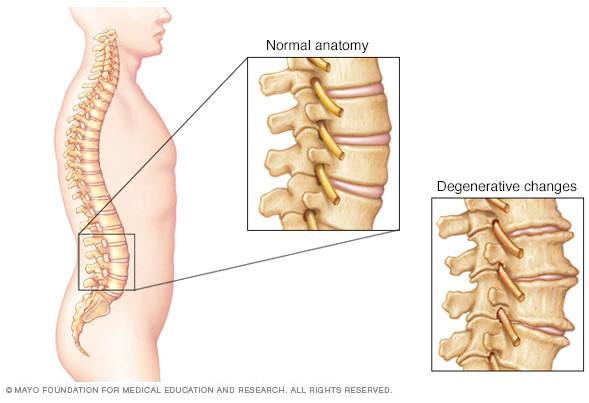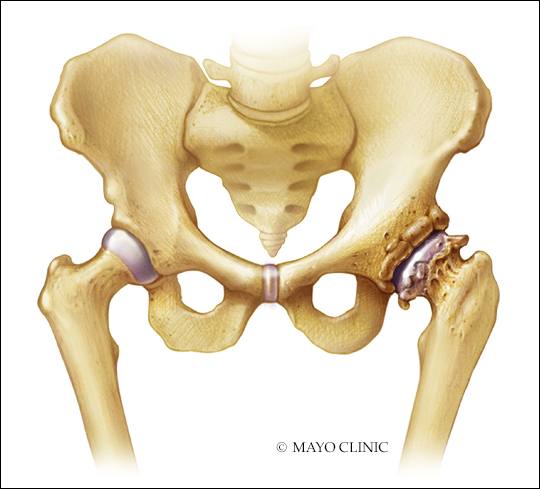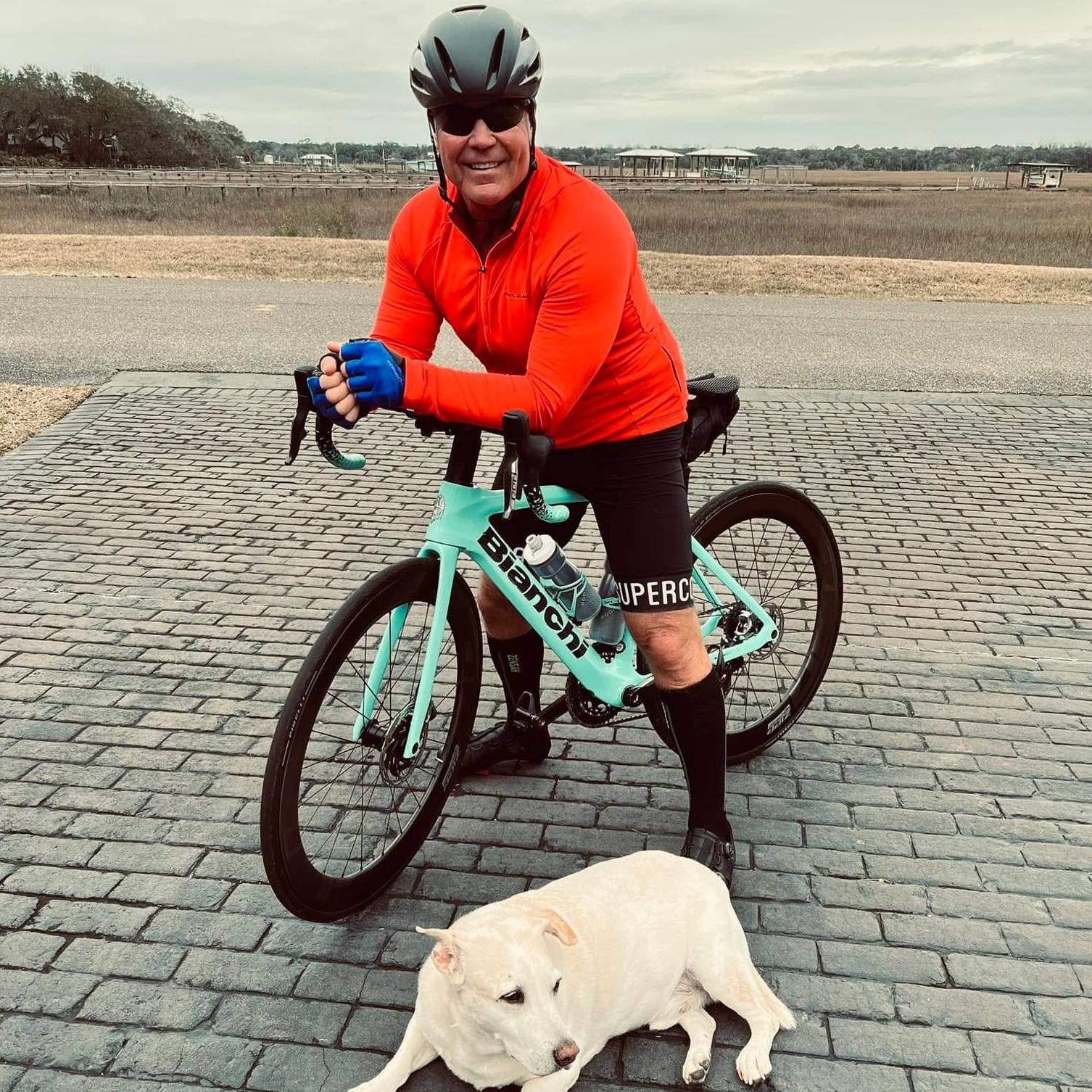-
What are bone spurs?

Bone spurs are bony projections that develop along bone edges. Bone spurs (osteophytes) often form where bones meet each other — in your joints. They can also form on the bones of your spine.
The main cause of bone spurs is the joint damage associated with osteoarthritis. Most bone spurs cause no symptoms and can go undetected for years. They might not require treatment. If treatment is needed, it depends on where spurs are located and how they affect your health.

As your spine ages, it's more likely to experience bone spurs or herniated disks. These problems can reduce the amount of space available for your spinal cord and the nerves that branch off it.
Symptoms
Most bone spurs cause no signs or symptoms. You might not realize you have bone spurs until an X-ray for another condition reveals the growths. In some cases, though, bone spurs can cause pain and loss of motion in your joints.
Specific symptoms depend on where the bone spurs are. Examples include:
- Knee. Bone spurs in your knee can make it painful to extend and bend your leg.
- Spine. On your vertebrae, bone spurs can narrow the space that contains your spinal cord. These bone spurs can pinch the spinal cord or its nerve roots and can cause weakness or numbness in your arms or legs.
- Hip. Bone spurs can make it painful to move your hip, although you might feel the pain in your knee. Depending on their placement, bone spurs can reduce the range of motion in your hip joint.

The hip joint shown on the left side of the image is normal, but the hip joint shown on the right side of the image shows deterioration of cartilage and the formation of bone spurs due to osteoarthritis.
Diagnosis
During the physical exam, your doctor might feel around your joint to pinpoint your pain. Your doctor might also order X-rays or other imaging tests to view your joints and bones.
More Information
Treatment
If your bone spurs cause pain, your health care provider might recommend over-the-counter pain relievers, such as acetaminophen (Tylenol, others), ibuprofen (Advil, Motrin IB, others) or naproxen sodium (Aleve, others).
This article is written by Mayo Clinic staff. Find more health and medical information on mayoclinic.org.







